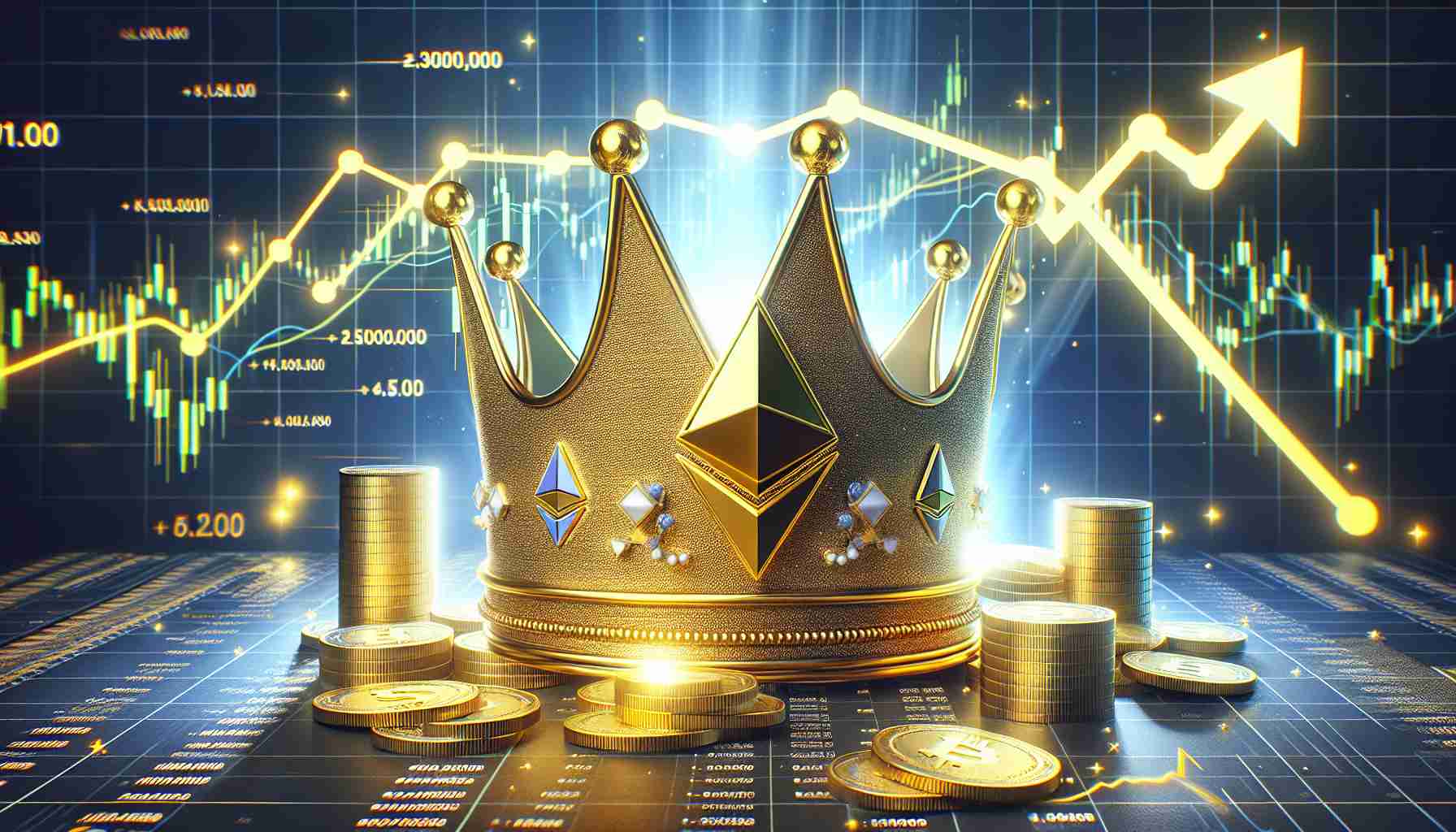Ethereum NFT Market Witnesses Notable Uptick
The digital asset space, always subject to swift change, has recorded a spike in NFT transactions. Ethereum, a pioneer in this sector, has once again emerged as a key player. Data reflects a 10.95% increase in overall NFT sales, marking the second consecutive week of growth, signaling sustained interest among collectors and investors.
Mixed Fortunes for Top Ethereum NFT Collections
While the surge is a positive signal for the market, the success is dispersed unevenly across various collections. Notably, titans such as the Bored Ape Yacht Club have experienced a downturn in sales volume—a figure that plunged by almost 60%. On the other hand, the Mutant Ape Yacht Club offers a contrasting narrative, with holding times increasing despite a sales dip, pointing to a growing conviction among its holders.
ApeCoin Struggles to Keep Pace
Contrary to the growing appeal of its associated NFTs, ApeCoin’s valuation has not shared in this prosperity. The linked cryptocurrency has diminished in value by approximately 16% over the last month, indicating an apparent disconnect between NFT performance and its native token.
Ethereum Outshines Bitcoin in NFT Sales
In the broader scope of NFT marketplaces, Ethereum’s dominance has overshadowed Bitcoin’s earlier lead. Ethereum-based NFT sales reached a notable $154.8 million, reinstating the network’s position at the apex of the NFT ecosystem. This newfound enthusiasm for Ethereum’s NFT offerings is not just good news for the network but potentially bolsters the cryptocurrency’s sentiment and value as well.
Meanwhile, Bitcoin has conceded ground, falling to second place despite the continued popularity of certain NFT collections on its network. Close behind, Solana and Polygon also persist as active participants in an increasingly competitive NFT market. This dynamic landscape continues to evolve as Ethereum reasserts its influence, leaving the crypto community watching closely to anticipate the corresponding impacts on the various digital assets involved.
Ethereum’s Role and Challenges in the NFT Market
Ethereum has been a significant force in the world of non-fungible tokens (NFTs), with its smart contract capabilities enabling the creation and exchange of these unique digital assets. The recent uptick in Ethereum’s NFT transactions suggests a renewed enthusiasm, potentially translating into positive momentum for the platform’s broader ecosystem.
Importance of Ethereum’s Smart Contract Platform
A critical aspect of Ethereum’s relevance in the NFT market is its role as a smart contract platform. Smart contracts are self-executing contracts with the terms of the agreement directly written into code. They allow NFT creators to program royalties, ensuring that they receive a percentage of sales whenever their artwork is resold. This feature is appealing to creators seeking to maintain earnings from their work long-term.
Challenges and Controversies
However, Ethereum faces several challenges. High transaction fees and network congestion have been persistent issues due to its proof-of-work consensus mechanism. These drawbacks have prompted the Ethereum community to work toward a significant upgrade known as Ethereum 2.0, which aims to shift the network to a proof-of-stake consensus, reducing fees and scaling the network.
Another controversy within the NFT space is the environmental impact of proof-of-work cryptocurrencies like Ethereum. The energy consumption required for mining has been widely criticized, although Ethereum’s planned upgrade should address some of these concerns by significantly reducing energy usage.
Advantages and Disadvantages of Ethereum as an NFT Platform
Advantages:
– First-Mover Advantage: As one of the first platforms to support NFTs, Ethereum benefits from a strong developer community and a wide array of existing applications.
– Interoperability: Ethereum’s established standards, like ERC-721 and ERC-1155, facilitate interoperability among different applications and markets, letting users and creators trade assets across diverse platforms.
– Liquidity: The large number of users and transactions on Ethereum often results in higher liquidity compared to other NFT platforms.
Disadvantages:
– Network Fees: Gas fees on Ethereum can become prohibitively expensive during peak times, potentially deterring both creators and collectors.
– Scalability: Although improvements are in development, Ethereum currently has scalability issues which can lead to slower transaction times during periods of high demand.
Related Links
For more information about Ethereum and its ongoing developments, the following link to the main Ethereum website might be useful:
Ethereum Official Website.
It is important to note that while Ethereum may have reclaimed the NFT crown in the current market shift, the NFT ecosystem is still relatively young and volatile, and new developments or competitive platforms could alter the landscape significantly in the future.



